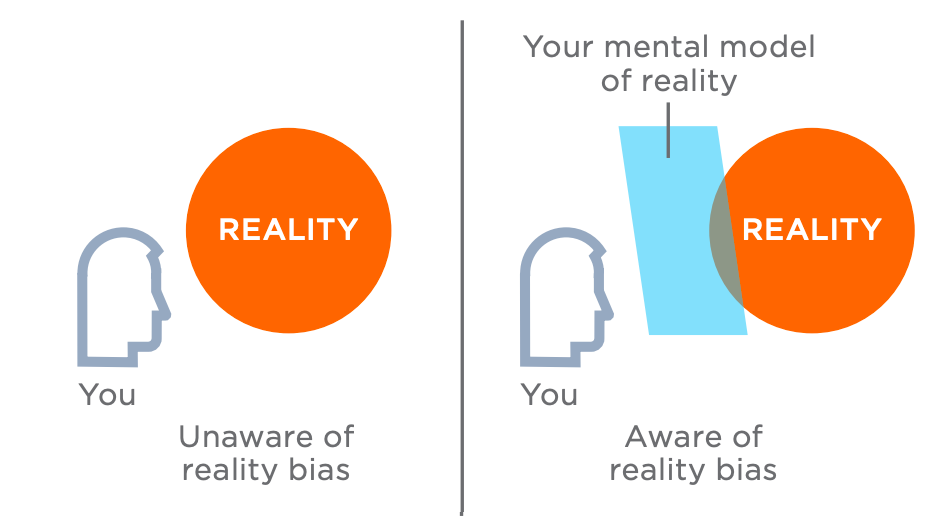Using DSRP in Health and Human Performance
 Grant Schmidt
·
3 minute read
Grant Schmidt
·
3 minute read
This blog is from: https://gmschmidt3.medium.com/using-dsrp-in-health-and-human-performance-3a64432d83c9
While Systems Thinking v2.0 is not always necessary for all problems, Systems Thinking v2.0 promotes more efficient problem solving by utilizing DSRP to look at specific details because this method categorizes different aspects of the problem at hand rather than looking at just the problem itself, it forces a deeper, more thorough thought about the issue which ultimately results in clear solution, and it creates clarity in the problem solving process.
There are four parts to Systems Thinking v2.0:

These four areas give us the opportunity to look deeper into problems at hand rather than just the superficial aspects. In the Health and Human Performance realm, problems are inevitable. Going about solving these problems can be very taxing on individuals especially when they do not know how to go about resolving them. This is where DSRP comes into play.
To start you will want to look at the Distinctions. The Distinctions are basically what something is and what something is not. This is the most basic step in the problem solving process. This should not be overthought, simply identify what something is and what it is not, plain and simple. For example, let’s look at a personal trainer and the client of a personal trainer. What is a personal trainer? A personal trainer is someone who works with clients to meet physical goals using exercise. What is not a personal trainer? A personal trainer is not someone who does not know how to instruct exercises. What is a client? A client is someone who is seeking assistance from a personal trainer. What is not a client? A client is not someone who does not want to exercise with a personal trainer.
The second thing that will be looked at are the Systems at hand. These Systems can be broken down into smaller parts or they can be combined to make something bigger. No matter what the thing is, we must identify what parts it consists of in order to see how they contribute to it. For example, let’s look at a squat rack at a gym. What are the parts on the squat rack? There is metal framework that holds the rack together. There are bolts that secure the base of the rack to the floor. There are adjustable hooks where the barbell sits. There is a barbell that sits on the adjustable hooks. There are safety rails that are connected to the metal framework. There are storage pegs on the sides of the framework. There are metal plates that sit on the storage pegs until they are needed to be put on the barbell. There are safety clips that snap onto the barbell to prevent the plates from falling off. Each of these parts play a key role in the structure of the squat rack.
The third aspect to take into account are the Relationships. Relationships are how something relates to another thing. When looking at these relationships, we must think of how things correlate to one another and how they affect one another. Are the relationships good and rolling smoothly? Or, are they bad and causing issues? For example, let’s look at the relationship between a personal trainer and a client. The biggest thing for this type of relationship to be successful is trust. The client must trust that the personal trainer knows what they are doing in order to help the client reach their goals while also keeping them safe from injury. If there is a lack of trust in this relationship then it might be tough for the client to continue going to the personal trainer for assistance. If both the personal trainer and client feel comfortable working together, then things should run smoothly. The relationship between these two is built day after day through the interactions they have during their workout sessions.
The final area to look at are the Perspectives. These Perspectives are where we can see how we view something versus how someone else views the same thing. This aspect is very important because it brings the opportunity to put ourselves into someone else shoes to see their thought process. By thinking how someone else thinks, we can dive deeper into the issue and gain further reasoning behind their opinion. For example, let’s look at a long distance run from the perspective of an endurance athlete versus a power-lifter. To an endurance athlete, a long distance run is something they are accustom to, so they would not mind doing it and it would be very easy for them to complete. But if we look into the perspective of a power-lifter there will be a major difference in attitude towards a long distance run. The power-lifter will see a long distance run as something very challenging and difficult to enjoy as it is something they are not accustom to. We can use perspective as a way to put ourselves in the minds of others.
DSRP can be utilized in Health and Human Performance in almost any situation or for any specific thing/idea. HHP could benefit from this way of thinking because this concept digs deeper into the basics of the subject at hand rather than focusing on the superficial aspects. Whether that is overcoming a problem in the workplace or simply identifying what a specific thing does, DSRP can bring clarity into the HHP realm.
References
http://emdffi.blogspot.com/p/thinking-about-thinking-skills-not-how.html
Schwandt, J., Dr. (2020). Swarm Learning in Health & Human Performance. Dubuque, IA: Kendall Hunt Publishing Company.
.png?width=150&height=150&name=CRL%20GOAT%20Logo%20(4).png)



